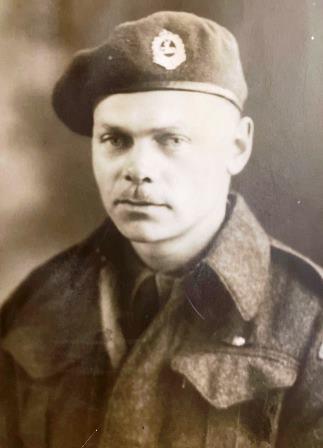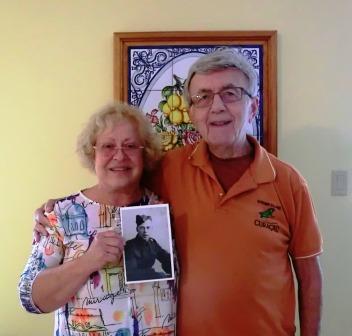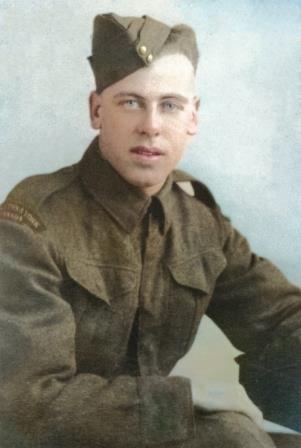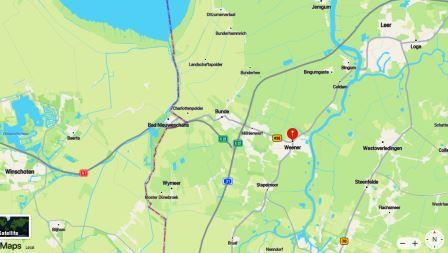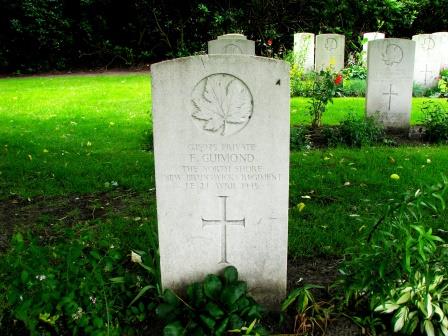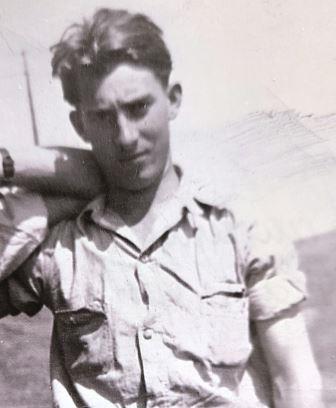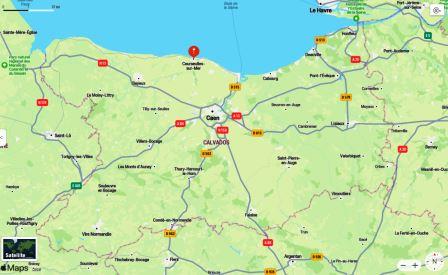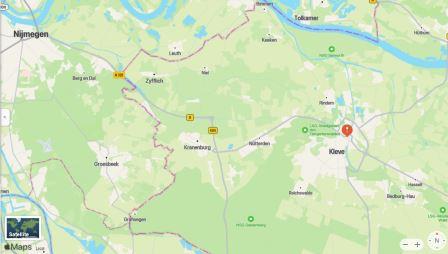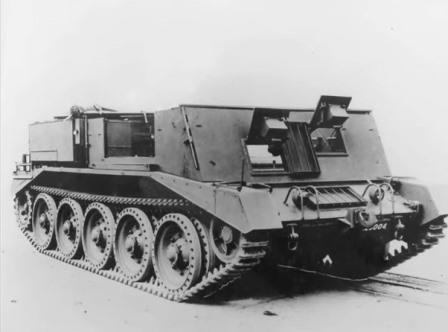January 25, 2024. Even when Pieter needs a break from extensive research, he still likes to test his detective skills. Last year he decided to help the Canadian War Cemetery in Groesbeek, The Netherlands find photos of a few soldiers for which research had already been done, but no photo had been found. A relatively simple project, you might think – but although he has now nudged past 319 successful photo searches, we’ve learned that it isn’t.
One of the soldiers whose photo search he undertook was that of Thomas ‘Tom’ Alfred BROWN of Altario, Alberta. Born October 20, 1924, Thomas was the son of George Stuart and Alice Brown. (You can read Tom’s story here: https://www.facestograves.nl/LifeStories/BROWN%20Thomas%20Alfred-JLE-bio-EN.pdf )
….Tom lost his life during the Battle of Moyland Wood….

Grave of Thomas Alfred Brown at the Canadian War Cemetery in Groesbeek. (Photo source: http://www.findagrave.com)
While serving with the Royal Winnipeg Rifles, Tom lost his life on February 17, 1945 during the Battle of Moyland Wood in Germany. He was 20 years old. (See https://legionmagazine.com/clearing-moyland-wood/)
Norman Victor Holgate BUCHANAN, whose photo search story was told last year, had lost his life one day earlier in the same battle, while also serving with the Royal Winnipeg Rifles. (See https://onthewarmemorialtrail.com/2023/11/08/on-the-war-memorial-trail-a-monument-in-st-claude-led-to-a-photo-of-a-wwii-soldier/)
….The search for a photo of Tom began with a Letter To The Editor….
When no family could be readily found, Pieter submitted a Letter To The Editor in a newspaper covering the Altario area – the East Central Alberta Review – and his letter was published on April 27, 2023.
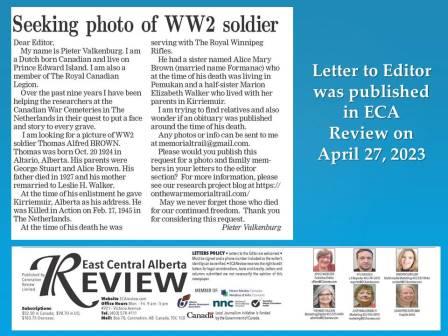
The very same day that the newspaper was published, we received an email from Eleanor Kreiser, with an attached document, explaining that “…. I saw your request in the paper. This is the Brown info in the Pioneer Heritage history book. Book 2, 1981. My husband used to live in Altario. My husband’s mother and six siblings were also born in Altario….”

Tom Brown with his sister Mary. (Photo source: Pioneer Heritage Book 2. Pioneer Heritage of Altario, Compeer, Kirriemuir and Burnbrae, Published by Wheatsheaf Women’s Institute, 1981)
The book excerpt included a photo of Tom and his sister Mary, along with a short writeup contributed by Mrs L. H. Walker. “….Thomas Alfred Brown was born in Altario on November 20, 1924. He took all of his schooling in Altario. After leaving school he worked for Bob Kewley and for Bert Caldwell. Tom was a great lover of horses. One of the things I remember about him the most was his coming home at night on his horse, singing one of Wilf Carter’s songs….”
The excerpt ended with a bit of family history. “….Tom’s father died when Tom was still very young, and his step-father, Lester Walker, passed away in August of 1975. Thomas has one sister, Mrs. Alice Mary Robbins (nee Brown) of Flatbush, and a half-sister, Mrs. Marion Stewart (nee Walker) of Ohaton….”
…. Tom’s family provided photos and information….
Pieter was next in contact with June Beier, whose mother was Tom’s sister Mary, and with Ken Stewart, whose grandmother was Tom’s mother. Both provided more information and photos.

Thomas Alfred Brown. (Photo credit: Courtesy of the Family of Thomas Alfred Brown)
…. Tom’s last letter was written two days before his death….
With the help of her granddaughter, Shaylyn Beier, June shared the last letter received from Tom, written on February 15, 1945, two days before he lost his life, and which arrived after his death.
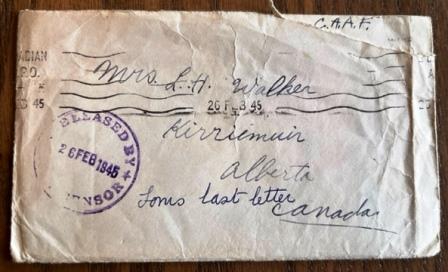
Envelope poignantly marked as ‘Tom’s last letter’. (Letter courtesy of the Family of Thomas Alfred Brown)
In the February 15, 1945 letter to his mother, Tom noted that he was in ‘D’ Company of the Royal Winnipeg Rifles. “…I guess it is about time I wrote to you. I have been pretty busy in the last few days and so I did not get time to do any writing at all….” Left unsaid was that Tom and his Regiment had been heavily involved in Operation Veritable in Germany, part of a pincer movement to cut into Germany in order for Allied troops to advance towards Berlin. The Regiment had just moved into Kleve, Germany. (See https://en.wikipedia.org/wiki/Operation_Veritable)
Tom wrote that he had sent some money home in previous letters, and after asking about his mother’s health, assured her that he is “…nothing but the best and aim to stay that way…” He explained that he had received a parcel from his aunt and advised that “…all I mostly need is writing paper and envelopes…”
Sadly, Tom lost his life two days later, and was temporarily buried around Calcar, Germany before being reburied in the Canadian War Cemetery in Groesbeek, The Netherlands a year later.
A March 8, 1945 letter to Tom’s mother was written by Major Latimer Hugh DENISON, his commanding officer. “…Corporal Brown’s presence is missed by the entire company. He was a fine and gallant soldier and you may well be proud of him, as we are, for the man’s part he has played in helping to win this war….”
He went on to write “…please rest assured that you are not alone in your hour of trial – gallant comrades once known are never forgotten…” Major Denison lost his own life on March 30, 1945, during the battle for Emmerich, at the age of 24, and is also buried in Groesbeek.
…. A September 1947 letter left us with an unsolved mystery…
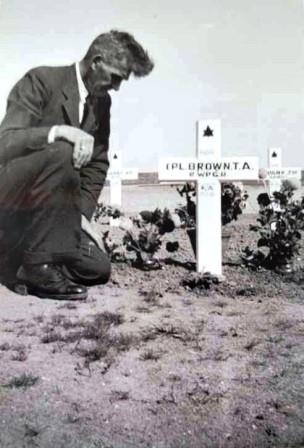
Man believed to be H. P. J. van Loon at Tom Brown’s original grave in Groesbeek. (Photo courtesy of the Family of Thomas Alfred Brown)
We thought this would be the end of Tom’s story, but there was another mystery, which up to now we have been unable to solve. June shared another letter, written in September 1947 by an unidentified relative still in the Army, who signed his letter as Tom. He wrote that he had visited Tom Brown’s grave in Groesbeek. Tom’s letter was written on the stationery of a schoolteacher (onderwijzer) from Groesbeek, H. P. J. van Loon, and he explained that Mr. Van Loon had taken photos of graves at the cemetery.
Ken Stewart had a photo of a man beside Tom Brown’s grave, and as the man was in a suit, not in a military uniform, it’s believed this is Mr. Van Loon. When we asked Ken if he knew anything more, he said that “….My grandmother said Thomas stayed with a Dutch family in Holland when he had time off and was planning to marry one of the daughters when the war was over. So this may be the father of that family. I do not know for sure…”
We sent the letter and photo to friends who live in Groesbeek, in the hope that they might be able to find out more, but up to now, they too have been stymied. If you recognize the man in the 1947 picture by Tom Brown’s grave, please let us know.
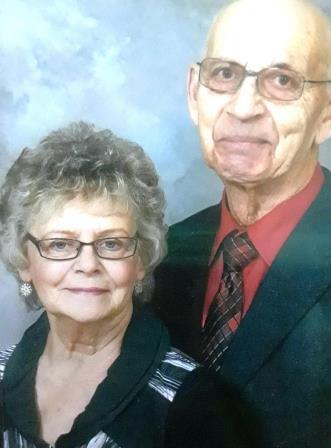
June Beier with her husband Edward. (Photo credit: Courtesy of June Beier)
Thank you to Joyce Webster, Publisher of ECA Review, for publishing Pieter’s Letter to the Editor, and to the family of Thomas Brown for sending photos and information – June Beier, Shaylyn Beier, and Ken Stewart. Thank you to Eleanor Kreiser for sending the Brown family information from the Pioneer Heritage book.
Do you have photos or information to share? Email Pieter at memorialtrail@gmail.com, comment on the blog, or tweet to @researchmemori1.
© Daria Valkenburg
….Want to follow our research?….
If you are reading this posting, but aren’t following our research, you are welcome to do so. Our blog address: https://onthewarmemorialtrail.com/
 4 countries, 6 weeks, 7,000 km – an unforgettable war memorial journey in Europe…. Daria’s book ‘No Soldier Buried Overseas Should Ever Be Forgotten‘ is available in print and e-book formats. Net proceeds of book sales help support research costs and the cost of maintaining this blog. For more information see https://nosoldierforgotten.com/
4 countries, 6 weeks, 7,000 km – an unforgettable war memorial journey in Europe…. Daria’s book ‘No Soldier Buried Overseas Should Ever Be Forgotten‘ is available in print and e-book formats. Net proceeds of book sales help support research costs and the cost of maintaining this blog. For more information see https://nosoldierforgotten.com/
You are also invited to subscribe to our YouTube Channel: On The War Memorial Trail With Pieter Valkenburg: https://www.youtube.com/channel/UCJ591TyjSheOR-Cb_Gs_5Kw.
Never miss a posting! Subscribe below to have each new story from the war memorial trail delivered to your inbox.
